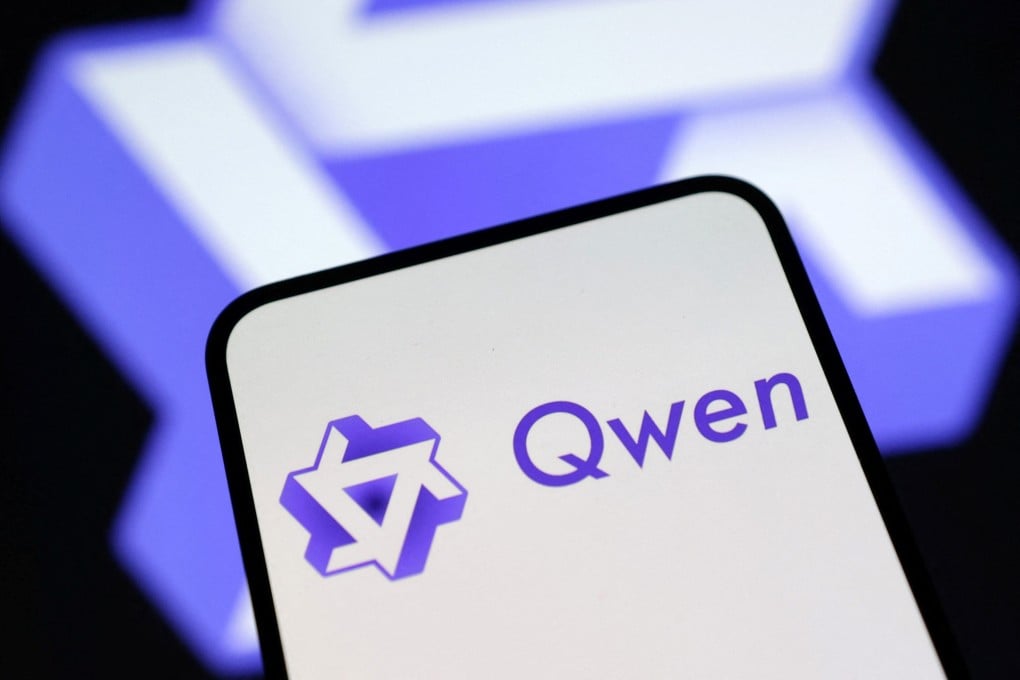Inside Alibaba's Qwen3-Max AI Revolution: How Its 1 Trillion Parameter Model Redefines LLMs

Alibaba’s Qwen3-Max: The 1-Trillion-Parameter Challenger Shaking Up AI
Introducing Qwen3-Max: Setting a New Standard in Language Models
Alibaba has surged to the forefront of artificial intelligence with the public reveal of Qwen3-Max, its largest and most ambitious language model to date. Announced as a free offering for users worldwide, this flagship powerhouse is built on an architecture containing an unprecedented 1 trillion parameters, instantly capturing attention in the global AI landscape. Qwen3-Max was rigorously trained on a dataset encompassing 36 trillion tokens, leveraging both scale and advanced optimizations to push the boundaries of natural language understanding and generation.
Within weeks of its unveiling, Qwen3-Max achieved a top-three finish on the LMArena leaderboard, where language models are judged in blind comparative evaluations across multiple tasks and languages. Notably, it matches top models in English and exhibits standout performance in Russian, where it now leads. These results position Qwen3-Max as one of the strongest multilingual AI models available, emphasizing its capabilities beyond English-centric tasks.
Designed for versatility and speed, the model boasts a 262,000-token context window, supporting complex, extended content without loss of coherence. This makes it especially suited for enterprises and researchers managing large-scale documents, long dialogues, or intricate codebases. Compatibility with leading APIs ensures seamless migration and deployment for businesses prioritizing operational efficiency and innovation.
Benchmark Performance: Surpassing Rivals in Coding and Agentic Tasks
Qwen3-Max’s ascent on LMArena is only part of the story. Standardized tests and head-to-head benchmarks reveal exceptional results in areas critical to modern AI applications. Its base variant—optimized for rapid, direct responses—delivers up to 1.5x the performance of Alibaba’s preceding flagship, particularly shining in software development and agentic automation. It consistently earns higher scores than rivals such as Claude Opus 4 and DeepSeek-V3.1, especially in demanding programming and workflow orchestration challenges.
Further, in mathematics, coding, and logical reasoning, Qwen3-Max sets new benchmarks: On the SuperGPQA suite, it achieves a leading accuracy score. On advanced programming evaluations and real-world task automation, it matches or exceeds competing systems built for developer productivity. This edge reflects intensive fine-tuning, a focus on multilingual capability, and robust engineering aimed at minimizing hallucinations and maximizing reliability in critical tasks.
Distinctively, the base model operates in a high-speed, “non-thinking” configuration, optimized for rapid execution. Meanwhile, the upcoming full-featured release, Qwen3-Max-Thinking (Heavy), is equipped with advanced reasoning capabilities and built-in Python tooling. Early evaluations indicate this variant approaches the results of leading advanced systems like GPT-5 Pro and Grok 4 Heavy, previewing a formidable leap in automated problem-solving and stepwise logic. Public access is expected soon, with strong anticipation among developers and AI practitioners globally.
Technical Edge: Efficiency, Scalability, and Free Access
The training regimen for Qwen3-Max matches that of the Qwen2.5-Max predecessor but implements engineering breakthroughs that dramatically reduce GPU cluster failures—down by 80%. This improvement reflects Alibaba’s investment in both model optimization and infrastructure resilience, facilitating stable, enterprise-ready deployment. Innovations in token handling and API compatibility further extend its operational advantages, including cost-effective scaling for organizations with high-volume needs.
Significantly, Qwen3-Max is released free of charge for interactive use through Qwen Chat. This open access model democratizes cutting-edge AI and accelerates adoption within startups, universities, and large-scale enterprises. Users benefit from advanced features such as context caching, flexible rate limits, and tiered pricing for higher throughput via cloud APIs. The model’s multilingual strengths and expansive input window support industries ranging from legal and finance to research and global communications.
This platform-neutral approach, paired with support for OpenAI-compatible APIs, simplifies ecosystem integration. Developers can migrate existing workflows, harness advanced agentic capabilities, and tap into a leading-edge AI without substantial retooling. With instant access and rapid iteration, Qwen3-Max is already driving innovation across continents.
Conclusion: Redefining Possibilities in Large Language Models
Qwen3-Max is setting a new benchmark with its 1-trillion parameter scale, multilingual prowess, and open accessibility. Its third-place ranking in blind public evaluation and standout results in coding and automation highlight its readiness for mission-critical applications. With a full reasoning version on the horizon and a proven engineering infrastructure, Alibaba cements itself as a pivotal force in the global AI race, making advanced language intelligence more accessible and dependable than ever before.
